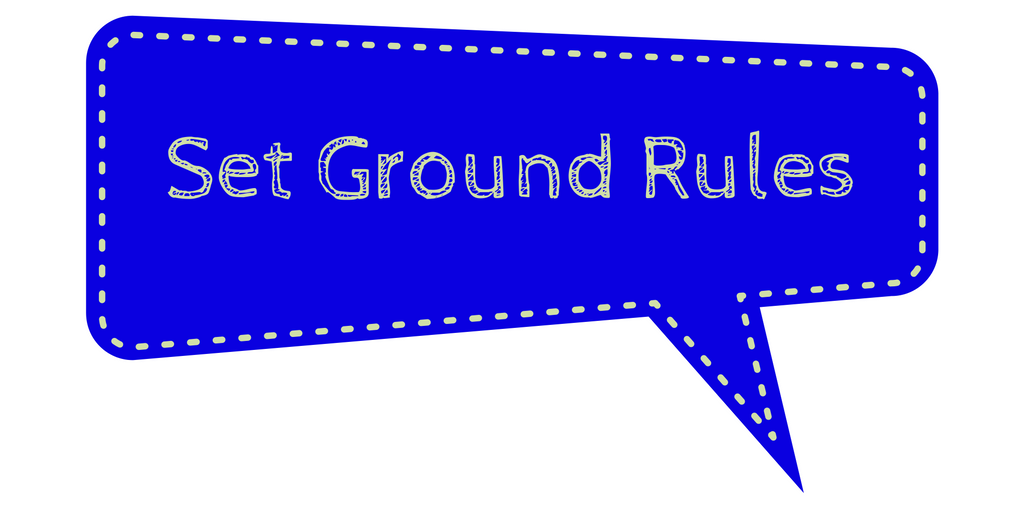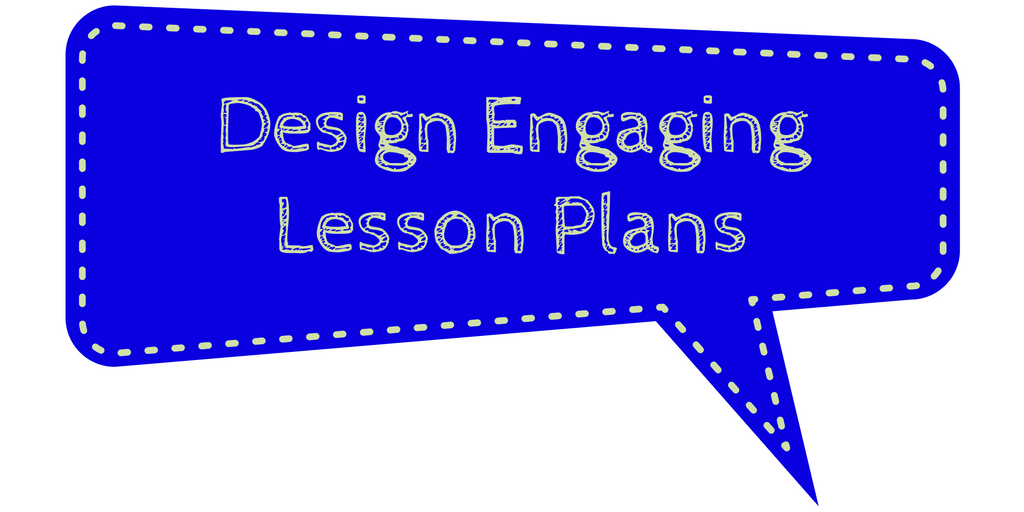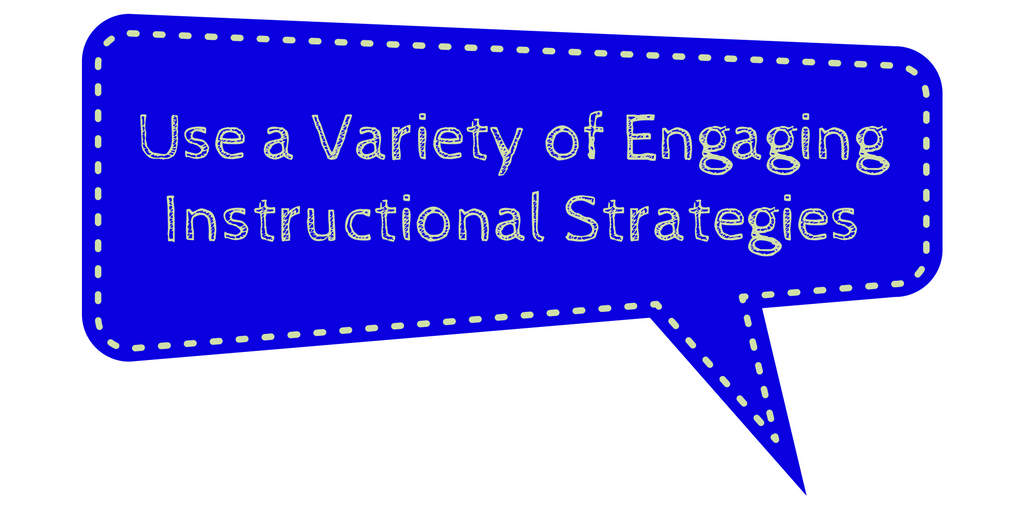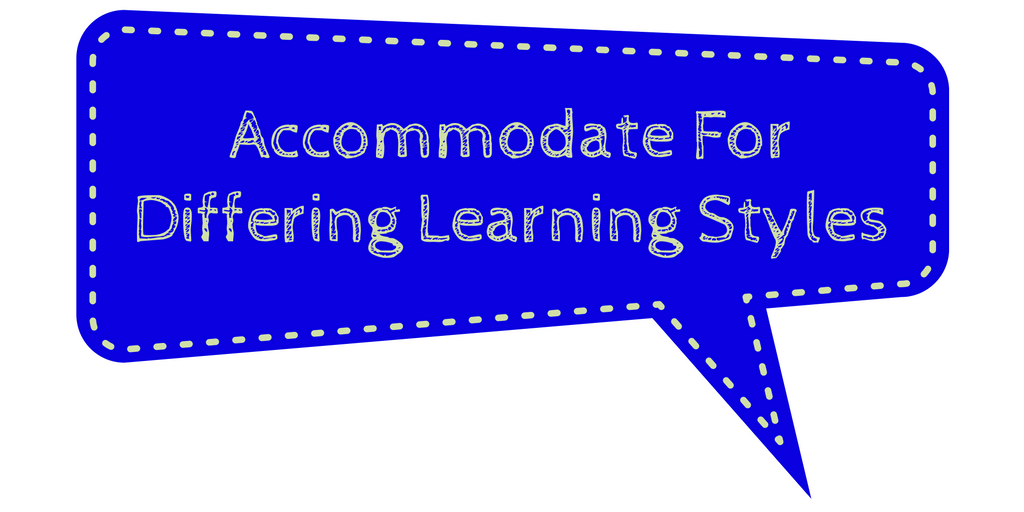“I would have never talked back to a teacher.” “I am a glorified babysitter.” “All I do is manage behavior.” For years, I have overheard the rantings and frustrations over our youths’ misbehavior in the teachers’ lounge and the staff break room. I have also seen new teachers sit in their classrooms and cry because they are struggling to engage their students or (program) participants in learning. These situations have often been the result of feeling overwhelmed and frustrated with trying to manage student behaviors. Despite all of this, educating our youth doesn’t have to be, nor should it be, a struggle.
For nearly two decades, I’ve worked with multicultural populations ranging from nursery-school-aged to adulthood. Throughout my career, I have taught classes, facilitated workshops and groups in public, pilot, charter schools, as well as, non-profit organizations. (So, I definitely understand the external pressures very well). With all the groups in which I have had the privilege to work, they all have had one thing in common – the ability to learn.

Sometimes it’s easy to forget this, because we are expected to perform miracles. Administration, wants our students to learn an extraordinary amount of information in a short period of time, parents and caregivers want you to address all of their social problems, and do all this with no money for supplies or resources. Does this sound familiar?
When participants misbehave, it throws us off track and takes away from the limited time we have to teach or facilitate. We can’t expect that every class or group will be without its distractions, but hopefully I can help you establish ways to avoid misbehavior.
I’ve found, over the years, that “best practices” in both teaching and counseling are remarkably similar; the only difference really comes down to the terminology used in describing techniques and methodologies to engage youth. Throughout my blog posts, I use “students” and “participants” interchangeably. So don’t get thrown off by the language I use; I am still discussing the same topic. I would also like to provide you with some quick, interactive activities which will help you reflect and create some ideas to support your work with youth.
As educators, it is easy to list all of the ways our participants misbehave: using inappropriate language, talking back, causing arguments, not following directions, silliness. The list can go on and on…
Take two minutes to get out some of your own frustrations and ideas, regarding misbehaviors and behaviors.

Create a list for yourself of ways in which participants may misbehave in your classroom or group. I am sure you can think of specific examples…
Next, identify when each of these behavior occurs:
Finally, write a list of what that same participant would look like if they were well-behaved:
We will come back and address these lists again later.
So how do you begin to foster change from the instances of misbehavior on your list, to the well-behaved participant? Unfortunately, there is no magic wand to wave and poof you have all the participants behave like perfect angels. However, there are several key strategies that can be put into place to help you start effectively managing and avoiding participant misbehaviors.
Below are 12 fantastic strategies and ideas that have been successful for me in avoiding misbehavior. You want to…

![]() The key to effective group or classroom management is planning and preparation. You want to make sure your lesson plan, any materials, and handouts are ready the day before – and handouts should be in the order in which you plan to provide them to your participants. Make sure you always have extra handouts; there is inevitably someone who misplaced or threw it out before the end of the activity. It’s the same principle as what you were told as a kid, “Have your clothes and books ready for school tomorrow.” This sounds like a simple enough, right?
The key to effective group or classroom management is planning and preparation. You want to make sure your lesson plan, any materials, and handouts are ready the day before – and handouts should be in the order in which you plan to provide them to your participants. Make sure you always have extra handouts; there is inevitably someone who misplaced or threw it out before the end of the activity. It’s the same principle as what you were told as a kid, “Have your clothes and books ready for school tomorrow.” This sounds like a simple enough, right?
It’s a good idea to arrive early. You want to have your space set up for your activities. Avoid the chaos of students arriving while you are still moving tables and running around trying to make last-minute photocopies.


Routines clarify expectations for the participants and the instructor. It allows for smooth transitions between activities and maintains order, even when the routine is disrupted.
Routines should begin from when participants first enter the room and continue through dismissal. All routines should be taught, modeled, and reviewed. Don’t be afraid to spend your time reviewing proper procedures. For example, entering the room and being seated. Repeat this activity until you are confident the participants have it down. It is better to spend your time in the beginning working on the routines, rather than to deal with settling everyone down for extended periods of time daily.
Be consistent when you are implementing your routines. Remember, there is no one perfect way to establish routines. But make sure, at a minimum, routines should be set for arrival, attendance procedures, dismissal, and transitions.


Not all conflict can be avoided. If that were the case we would live in a world like Pleasantville, where everyone is happy and smiling all the time. (I think that would be a bit scary). Fortunately, there are steps you can take to prevent most conflicts. Conflicts have a tendency to occur during down times and transitions.
Create a plan and procedures for participants to be engaged for when they distracted during times of transitions. For example, when students complete an activity early, they should work on an ongoing project or reading a book from the library set-up in the room.


Allow for the participants to set the ground rules. Ask them about what they think should be the rules of the group or class. This can contribute to the participants feeling valued and invested in the class or group. When students are invested, they’re more likely to follow the rules.
You may ask, “what if they can’t come up with any rules?” Don’t worry; they have heard them so many  times that they can recite what is expected of them. Sometimes participants create rules that are more strict than I may have selected myself.
times that they can recite what is expected of them. Sometimes participants create rules that are more strict than I may have selected myself.
Make sure to have them clearly define respect. Everyone has a different definition, so this will ensure that everyone is on the same page. Also, create a safe space where participants feel they can share thoughts and ideas without any worry of punishment or judgment.
Make sure the rules are visible on a poster or chart paper, and hang them in your space. You may choose to have a printed handout, as well. Participants should sign the list to show that they are in agreement with the rules. This also allows you to refer back to the rules, which they have agreed upon. Don’t worry I’ve also written a post for you on how to implement and establish ground rules and group agreements and a hands-on activity.

No matter what age group you work with, from kindergarteners to adults, participants want to feel that they can contribute to the class or group. The easiest way to have them contribute is to ask them to complete simple tasks – assign them some responsibilities. They will be able to take lead on some of the activities in small groups, helping them begin to feel appreciated. This will also aid in building their self-confidence.
Assigning roles and tasks can be done verbally or through a job chart. Okay, so you are worried that high school students will think that a job chart is for babies. Well, a great way to avoid this is to use the theme of “Employment.” You can design the class as if it is an organization or company. The class should also have specific tasks connected to running your “organization.” You can even have them interview for the roles they want, set it up like a place of employment with clocking in and signing out, have bosses that supervise the tasks and even staff meetings. This is the age where they start to think about earning money. Use this as incentive to help prepare them for gaining employment.

There is nothing worse than a boring lecture that has nothing to do with you or your life. I still feel this way when I attend workshops. I want to be excited about what I am learning, eager to use something new with my participants. Our participants may often feel the same way, they want to be excited about what they learn and understand how they can connect it to their own lives. Design lesson plans that allow participants to be active in their learning rather than passive listeners. Make sure to address differing learning styles (You will read about this later). Reflect back on the objectives or goals for the lesson. Make sure participants are able to explain the goal of the activity and discuss what they’ve learned from it. Did they get the point you are trying to make?
Realistically, all lesson plans aren’t going to be gems, so you want to always have a backup plan. You can spend hours creating the most amazing lesson plan, but there is no guarantee that will go over perfectly. It can take less time to carry out than you expected, and a rainy day can put participants in a bad mood. Make sure there are ways you can expand and go more in-depth with a lesson that needs rescuing.

Integrate a variety of facilitation modalities. Gone are the days of lectures (or at least they should be), where the students sit quietly at their desks and listen one person talk for an hour or two (one can only hope). Also, it is good to remember, just because an activity is interactive doesn’t mean that it will engage everyone’s attention. If all you do is role plays, participants will quickly become bored and lose their focus. Switch up the activities; keep them surprised and guessing what the next activity will be. You want to vary the activities, using multiple modalities for your activities and lessons.

Not everyone learns the same way. So, different learning styles should be incorporated into each activity – visual, auditory, and kinesthetic. Discuss the information provided, along with providing written information, and incorporating hands-on activities. You can provide visuals such as: power points, posters, and signs. Everyone learns in different ways, and addressing all three learning styles in each activity ensures that you’ll address most everyone’s style.

Youth can only process a small percentage of what is being said when being given oral instructions. Break down the directions into smaller steps and provide one step at a time. Give both written and oral directions. Check to make sure participants understand the directions. If the participants are still confused, clarify what you’d like them to do. When too many steps are provided, it may become confusing, and participants will struggle to complete the task or activity. This may cause them to lose focus and become distracted or become a distraction themselves.

Standing or sitting at the front of the room allows for more opportunities for participants to get off-track. Circulate throughout the room. Try standing near a participant who is off-track, this can often help get them re-engaged.
Make sure that you engage all of the participants. There are some that are enthusiastic about volunteering and answering questions than others. I let participants know that I am an equal opportunity caller. I am very clear with the participants that I will not call on them a second time until everyone has had a turn. Some might ask, “what about the participants that are shy?” There are those participants that are shy and uncomfortable with speaking or reading aloud. Once you know their strengths, call on them for activities to which they can easily contribute. Provide ongoing support and guidance, and ask probing questions, when necessary. This allows those who monopolize conversations to pull back a little and those who are more introverted to become more involved.

Positive incentives provide participants with the acknowledgement that they are doing something right. Some youth have grown accustomed to getting attention from negative behaviors. Providing opportunities for positive incentives will aid in diminishing some of the negative behaviors.
Some may question, “you can’t give teens a pick from the treasure chest. How will that work?” A great method is raffle tickets, but make it clear from the start how the raffle process works. Participants can receive a ticket for being on time, engaging in an activity, answering a question correctly, or any positive accomplishment; how you use them is up to you. At the end of the week raffle off small prizes that they may be excited about: movie tickets, metro card (for programs), and gift cards. You can write to companies to ask for donations for the prizes.

![]()
Youth want to know that you care about them and their problems, and that you understand their needs. They will test boundaries to see what they can get away with and how far they can push on a topic or issue, once you have established a positive rapport with participants they are more willing to engage and participate in learning.
Referring back to the misbehaviors you had on your list at the start of the blog, which of the strategies above listed would help you diminish or avoid misbehaviors?
You want to make sure to model, teach, and review all of the strategies you want to put into place with your participants. There may be behaviors that are a result from learning difficulties or emotional distress that may not be able to be resolved. Please reach out to your School Counselor or Social Worker for aid in further supporting your students’ individual learning needs.
You know your population best, as well as, what will meet their needs, so make the adjustments to the strategies accordingly. Make sure that you are addressing and implementing strategies which will work for both you and them. It is always a great idea to talk to your colleagues and see how they have implemented some of these techniques. It may even inspire some new ideas to add to the list!
Please share any strategies and ideas that have worked for you!
You don’t want to miss these posts…










Leave a Reply